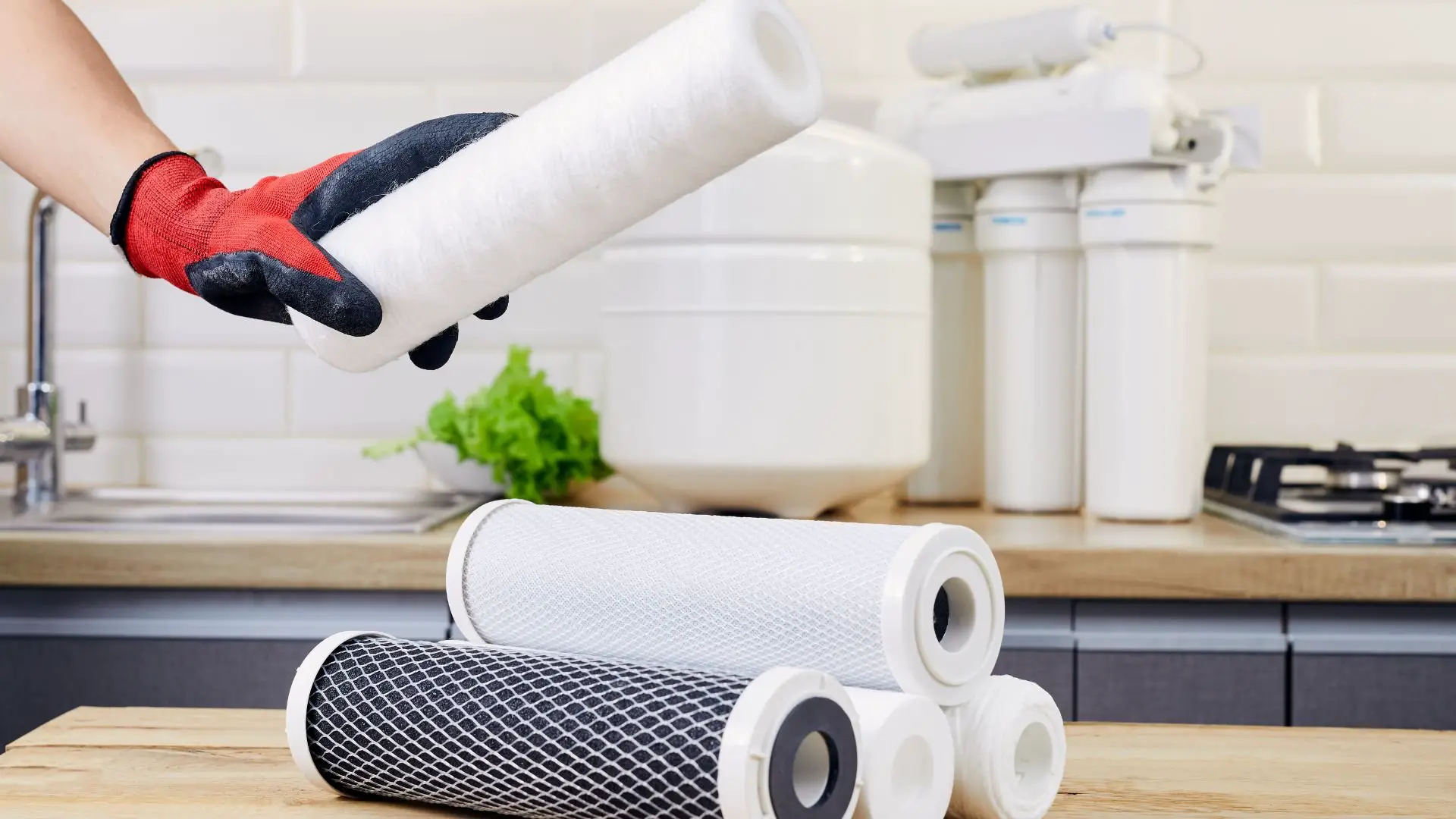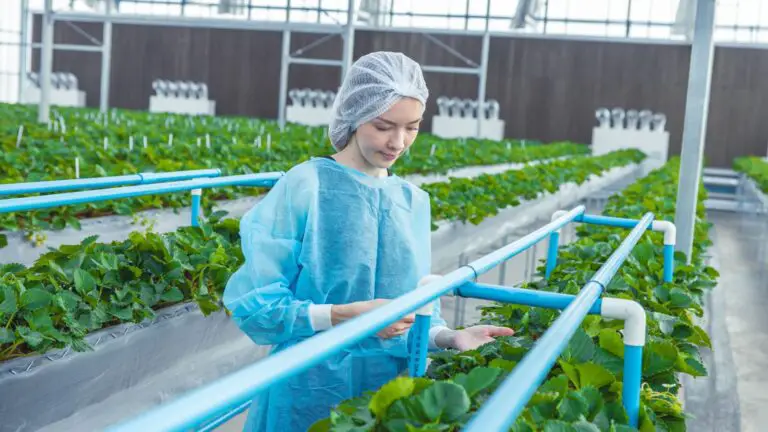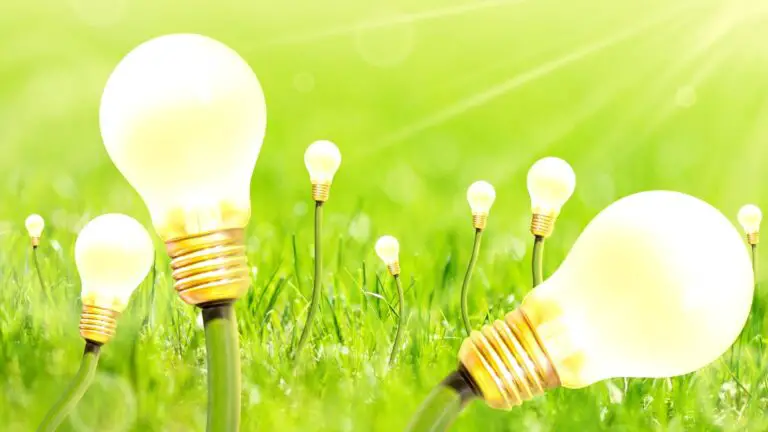What Are the Best RO System and Role of RO Water in Hydroponics
Disclosure: Your purchases through our links may earn us a small commission, supporting our site’s ability to provide valuable information to our readers. Rest assured, it won’t impact your price. Thank you for your support.
Hydroponics, a soilless cultivation method, offers numerous benefits for growing plants. Water is an essential component of a successful hydroponic system, and using the right type can significantly impact plant health and growth.
Reverse Osmosis (RO) water has gained popularity among hydroponic enthusiasts due to its purity and suitability for this unique cultivation method. Over the last 40 years, the production capacity of desalination using reverse osmosis membrane technology has grown to 44% of the total world capacity.
3 Best RO systems
1. APEC Water Systems ROES-50
This system is highly efficient, compact, and offers excellent filtration capabilities.
Pros:
- Excellent water purification, improving water taste
- Good value for money and affordable filters
- Performs well on both city and well water
- Versatility for various needs, including homebrewing and gardening
- Reliable customer support
Cons:
- Installation can be challenging due to space limitations
- Potential for tank bladders to rupture
- The flow rate may be insufficient during heavy usage
- Requires additional components for optimal performance
Despite some installation challenges and the potential for insufficient flow rate during heavy usage, the APEC system is highly recommended. It delivers excellent water quality, flavor, and clarity. Users have praised it for its value for money, versatility, and dependable tech support. Additional purchases may be needed for optimal performance. Still, overall, the APEC water filtration system is a great choice for home use, as substantiated by the positive personal experiences of many customers.
Check this link for the detailed description and the latest price.
2. iSpring RCC7
Known for its affordability and ease of installation, the RCC7 provides reliable water purification for hydroponic applications.
Analyzing several reviews, the iSpring Water System boasts various advantages and a few disadvantages.
Pros:
- It provides improved taste (if you’re drinking) and quality of water, reducing the need for bottled water.
- Offers efficient and responsive customer support.
- Features a manageable and straightforward installation process.
- Allows flexible placement of the storage tank, which is advantageous for small spaces.
- Functions well in various locations without additional pumps.
Cons:
- Potential leaks with the feed water adapter post-installation.
- Lack of included Teflon tape, causing inconvenience.
- Water may initially appear cloudy.
- Instructions for drain saddle installation could be improved.
- Some components were missing pre-installed clips.
I recommend the iSpring Water System due to its superior water taste and quality, cost savings, and excellent customer support. While installation requires some care, it’s generally straightforward. Minor issues like the separate purchase of Teflon tape and the initial cloudiness of water are outweighed by the significant benefits. This system offers value for money, improved water quality, and reliable tech support, making it a commendable investment.
Check this link for the detailed description and the latest price.
Explore the other options available for iSpring Water systems.
3. Hydro Logic Stealth RO 150
Designed specifically for hydroponics, this system boasts high flow rates and effective filtration.
Pros:
- Effectively reduces water contaminants.
- Simple to assemble and operate.
- Excellent customer service, including speedy delivery of replacement parts.
- Ideal for specific uses, such as hydroponic gardening.
- It can fill a 5-gallon bucket in under an hour despite being slow.
Cons:
- Some users experienced leaks in the plastic fitting between canisters.
- Inconsistencies between product descriptions and the actual product received, including missing upgraded carbon filters.
- Slow to fill containers, which may be problematic for some.
- Product capacity is misrepresented in some instances.
Overall verdict:
The Hydro-Logic Water System is efficient and backed by excellent customer service. However, its slow speed and instances of product misrepresentation are drawbacks. However, given its overall effectiveness, ease of use, and installation, it provides good value for money. It is recommended, but prospective buyers should ensure they understand the product details before purchasing. Despite some shortcomings, it’s a good choice for users with specific water purification needs.
Check this link for the detailed description and the latest price.
Explore the other options available for Hydro-Logic Water systems.
What is RO water, and why is it important for hydroponics?
RO water, short for reverse osmosis water, is purified water produced through a filtration process called reverse osmosis. It involves passing water through a semi-permeable membrane, removing impurities such as minerals, chemicals, and contaminants.
In hydroponics, RO water is vital because it provides a clean and consistent base for nutrient solutions, ensuring precise control over the essential elements plants require for optimal growth.
Read the research paper, “Exploring nutrient recovery from hydroponics in urban agriculture,“ for getting more knowledge.
How is RO water different from other water sources?
RO water distinguishes itself from other water sources, such as tap water or well water, by undergoing extensive filtration. While tap water and well water often contain minerals, chlorine, chloramines, and other impurities, RO water is stripped of these substances, resulting in a pure and neutral pH water source. This purity allows growers to customize the nutrient solution according to specific plant requirements, ensuring optimal nutrient uptake.
What are the benefits of using RO water for hydroponics?
Using RO water in hydroponics provides several benefits, including:
- RO water allows growers to precisely tailor nutrient solutions to meet the specific needs of each plant, resulting in optimal nutrient uptake and growth.
- By removing impurities, RO water minimizes the risk of contamination by pathogens, minerals, or chemicals that could harm plants or disrupt nutrient balances.
- RO water typically has a neutral pH, providing a stable base for nutrient solutions. This allows growers to maintain the desired pH level, which is crucial for nutrient absorption.
- The absence of minerals and impurities in RO water helps prevent the accumulation of deposits or clogs in hydroponic equipment, prolonging the system’s lifespan.
Related:
NPK for Hydroponics: How It Works and Why It Matters?
13 Nutrients Required for Hydroponic Plants
Is it safe to water plants with RO water?
Yes, it is safe to water plants with RO water. In fact, RO water is considered one of the safest water sources for hydroponic applications. Since it lacks contaminants commonly found in tap or well water, it reduces the risk of introducing harmful substances to your plants. However, it’s important to note that RO water may lack some essential minerals, which can be addressed by adding appropriate nutrient solutions to the water before feeding the plants.
How do I set up an RO system for my hydroponic garden?
Setting up an RO system for your hydroponic garden involves the following steps:
- Choose an appropriate RO system that suits your hydroponic setup and water usage.
- Install the system by following the manufacturer’s instructions, connecting it to a water source, and providing a drain for wastewater.
- Before use, flush and sanitize the RO system to remove any residual impurities and ensure optimal performance.
- Once the system is operational, collect and store the purified RO water in clean containers for later use in preparing nutrient solutions.
How often should I change my RO water filter?
The frequency of changing RO water filters depends on various factors, including the quality of your source water and the specific RO system you’re using. Generally, sediment filters should be replaced every 6-12 months, carbon filters every 6-12 months, and the RO membrane every 2-3 years. Regularly monitoring your water quality and following the manufacturer’s recommendations will ensure optimal filter replacement intervals.
What are some common problems with the RO system and troubleshooting?
Common issues with RO systems may include low water flow, high wastewater ratio, or poor water quality. To troubleshoot these problems, consider the following:
- Clean or replace any clogged components, such as filters or membranes.
- Verify sufficient water pressure for the system to function optimally.
- Inspect for leaks or loose connections in tubing and fittings. Also, address them promptly.
- Perform routine system maintenance, such as flushing and sanitizing, to prevent issues before they arise.
Conclusion
Using RO water in hydroponics is a wise choice for achieving optimal plant growth and health. Its purity, ability to customize nutrient solutions, and prevention of system contamination make it a valuable asset for hydroponic enthusiasts. By properly setting up and maintaining an RO system, hydroponic gardeners can provide their plants with the ideal water quality, leading to impressive yields and thriving crops.
Thank you for reading!
Also, read:
How to Treat and Use rainwater in Hydroponics?
How to Grow Outdoor Hydroponics in Rain
The 5 Best Digital pH Meter for Hydroponics





